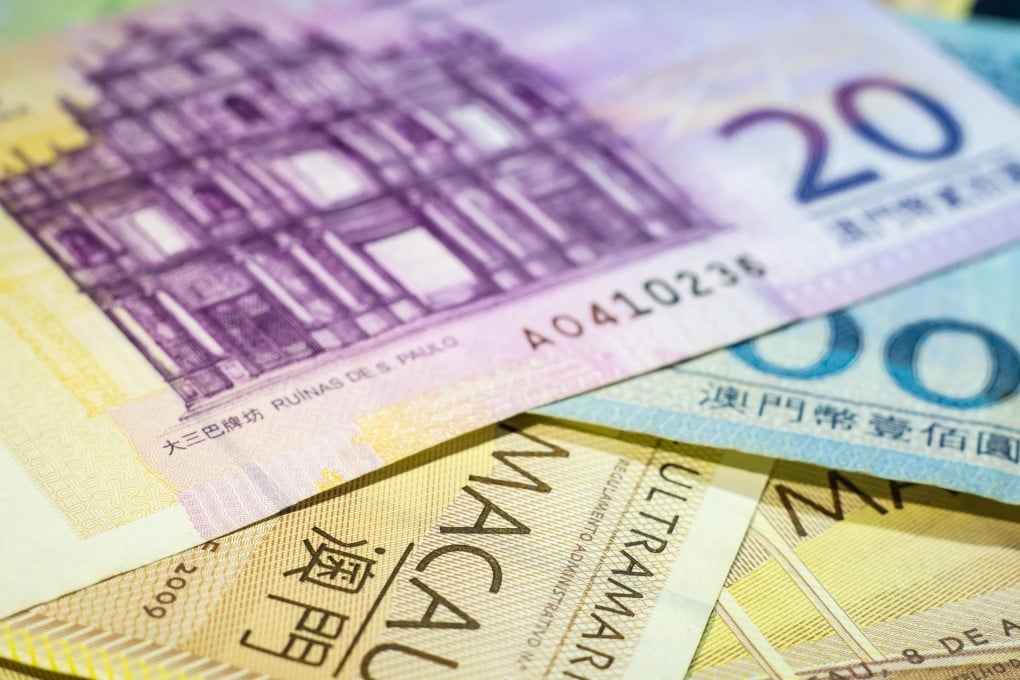Explainer: Macau’s currency, fixed exchange rate and banking system
- Macau has 30 licensed financial institutions serving a city population of 672,000, a market dominated by China’s largest lenders
- The city is considered the second wealthiest place on earth on GDP per capita basis, and is poised to overtake Qatar in 2020, according to IMF

Hong Kong or mainland tourists seldom need to head to money changers when they visit Macau, as the Hong Kong dollar and the yuan are widely accepted by casinos, retailers and taxi drivers in the former Portuguese colony. As China marks the 20th anniversary of the return of Macau to its sovereignty, the challenge lies in elevating the local currency, known as the Macanese pataca, in international investment and trade, as the city outgrows its status as Asia’s top gambling hub.
What is Macau’s currency?
The Macanese pataca is identified by the MOP code assigned by the International Organization for Standardization.
The Monetary Authority of Macao (MAM) is the de facto central bank of the special administrative region, responsible for regulating the banking industry. There are 30 licensed financial institutions serving a city population of 672,000, dominated by China’s biggest lenders.
Only two commercial banks, namely Banco Nacional Ultramarino and Bank of China (Macau) are authorised to issue local bank notes.
The notes come in MOP$10 (pronounced as 10 patacas), MOP$20, MOP$50, MOP$100, MOP$500 and MOP$1,000 denominations, and are printed in both Chinese and Portuguese languages. The government mints coins in 10 avos (0.01 pataca), 20 avos, and 50 avos, as well as MOP$1, MOP$2, MOP$5 and MOP$10.